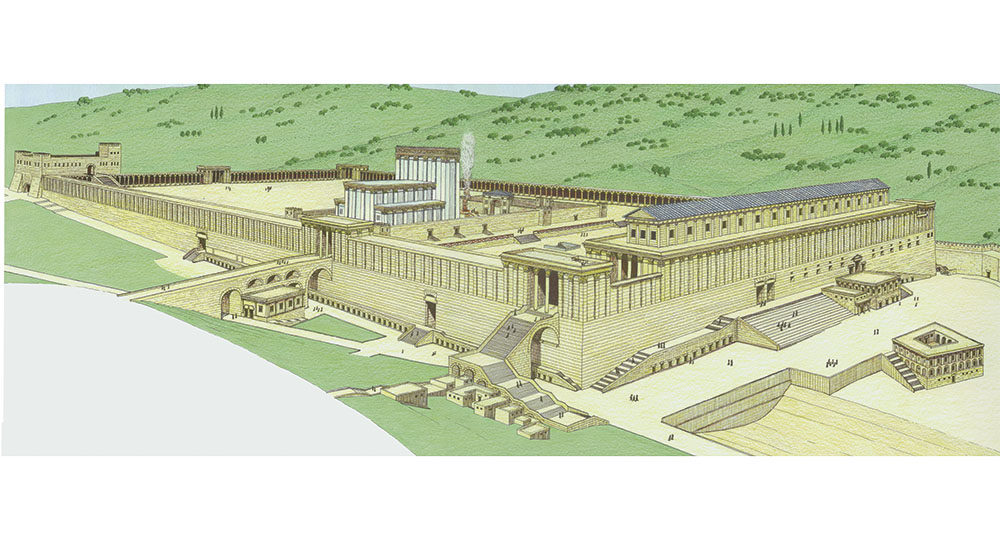


On September 26, 1997, Russian President Boris Yeltsin brought the curtain back down. With a single sweep of his pen, he consorted with the darkest elements in Russian society to snuff the lamp of religious freedom that had flickered tenuously since the...
“He who has not seen Herod’s Temple has never seen a beautiful building.” With those deliberately exaggerated words, rabbis extolled the magnificence of the Temple that was in Jerusalem during the first century A.D. Although the religious Jews often despised...
The most volatile 35 acres on earth are undoubtedly those comprising a rectangular platform in East Jerusalem on which the ancient Jewish Temple once stood. Both the Old Testament and the New Testament affirm that a new Temple will once again occupy...
Revelation 17:1–7: Lying silently in the shifting sands of time, Babylon is destined to rise from the ashes of the past to play a major role in end-time events. The name Babylon brings to mind incredible images of a wicked city-state with an abominable...
Historically, some people and groups have denied that Christ came in human flesh. For example, some said that the Christ came temporarily upon an already existing man, Jesus of Nazareth. He came long enough to impart a secret body of knowledge...
1 thought on “The Temple in the First Century”